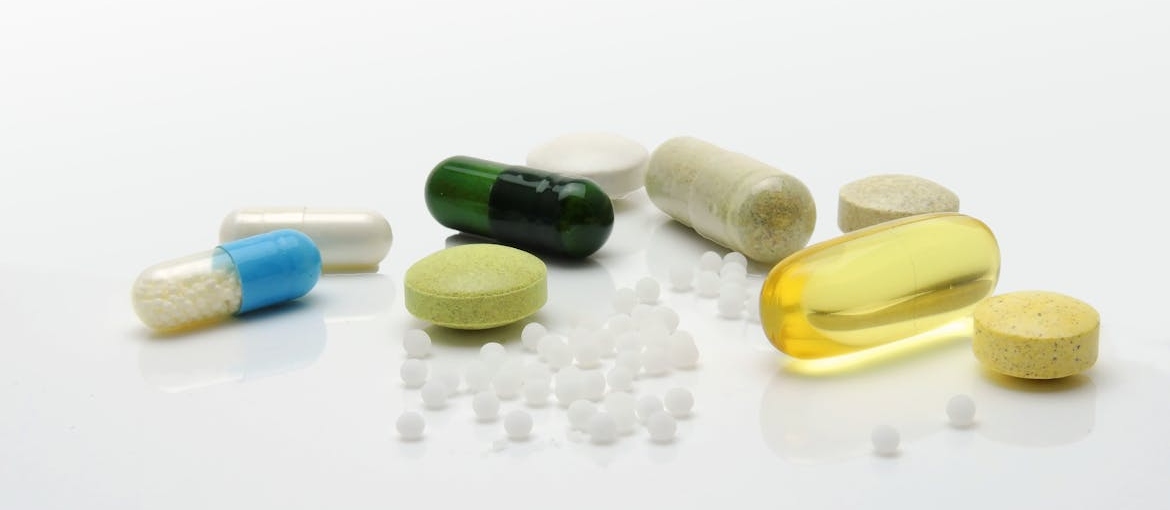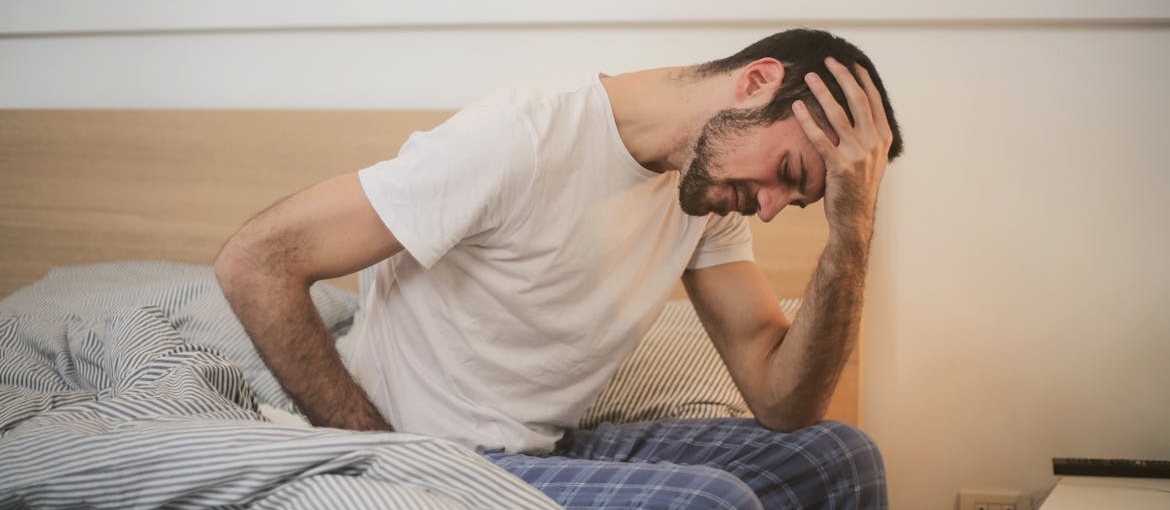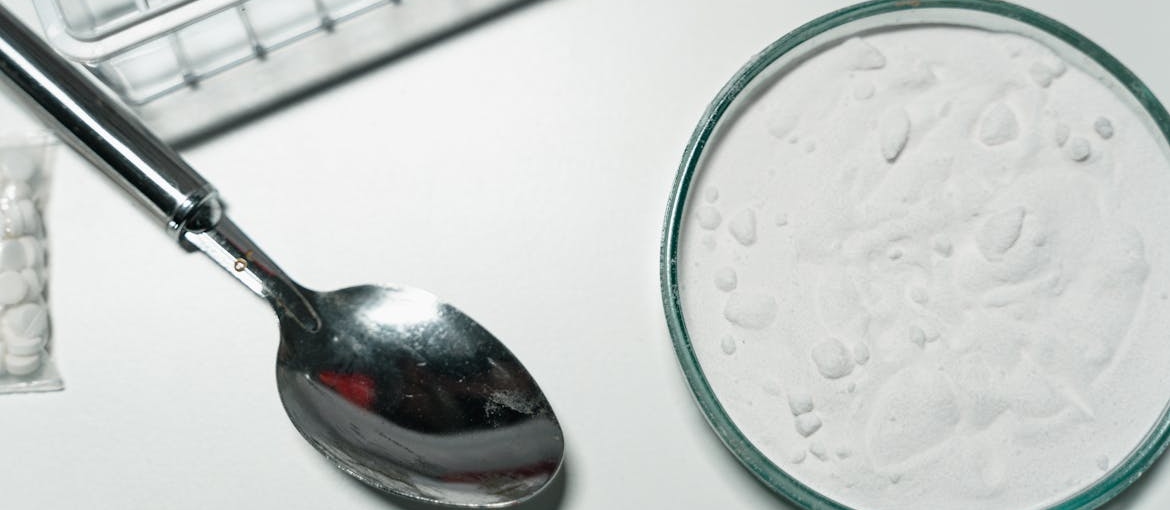Stimulants and depressants are two different types of drug categories. Drugs that fall under these categories interact with the body and brain differently. Though, they affect the same parts of the brain and body at times. What is a poly addiction? Polydrug use is when people combine stimulants and depressants, or two different kinds of drugs in general. It can happen at the same time or within a short period of time. People struggling with this may need help from a stimulants rehab to stop safely and recover.

But what are the potential consequences of mixing stimulants and depressants? Polydrug use can be safe when it’s because of doctor’s orders. However, it can be dangerous recreationally. There are fatal drug combinations people should be wary of. Mixing uppers and downers can make the effects harder to predict and increase the risk of overdose. Staying informed about the effects and dangers of drug use can help individuals make better decisions in the long run. Some wonder, can you take antidepressants and stimulants at the same time? Only with medical guidance, never recreationally.
What Are the Potential Consequences of Mixing Stimulants and Depressants?
There are always potential consequences when it comes to stimulants and depressants. This can happen even with prescription drugs since they all have side effects. But substance abuse and non-medical polydrug use can be especially dangerous.
Stimulants speed up the body’s systems. Depressants slow them down. Some people take them to mellow out the effects of one another. They do this without realizing the body can’t handle the stress from the mixed messages. Fatal drug combinations can happen unknowingly. In 2018, the Centers for Disease Control and Prevention (CDC) found that 67,367 died from a drug overdose. If you or someone you know is misusing multiple substances, reach out for substance abuse treatment in WV before it’s too late.
Death is one potential consequence of mixing stimulants and depressants. What are the potential consequences of mixing stimulants and depressants other than death? Some include:
- Coma
- Overdose
- Heart failure
- Heart attack
- Cardiac arrest
- Depressed breathing
- Overall issues breathing
Mixing depressants and stimulants can be dangerous because one masks the effects of the other. That’s typically the point when someone uses it recreationally. For example, a person might use cocaine and alcohol together to feel relaxed and alert at the same time. They might be recklessly drunk without realizing it. Blood/breath alcohol concentration (BAC) won’t change with polydrug use.
So, serious repercussions ensue. First off, an individual may get behind the wheel and crash. In 2016, 28% of all traffic-related deaths were because of drunk drivers. They might get a DUI in the best case. Mixing drugs can end in a legal mess and deeply hurt people in the process.

Polydrug Use: What Are Fatal Drug Combinations?
Combined drug intoxication is a bad idea in general. But there are fatal drug combinations that individuals should be particularly aware of. According to the Overdose Fatality Review (OFR) of Wisconsin, around 70% of overdoses were due to polydrug use. They reviewed a total of 277 cases from 2017 to 2020.
These were the top three fatal drug combinations:
- Fentanyl and heroin – 55 out of 277 cases (19.86%)
- Fentanyl and another kind of opioid – 48 out of 277 cases (17.33%)
- Cocaine and fentanyl – 43 out of 277 cases (15.52%)
These three fatal drug combinations account for around 53% of all the cases collected. While most of the cases occurred because of mixing opioids, mixing depressants and stimulants are still dangerous at best and deadly at worst. Combining them without medical supervision or permission is extremely risky. People struggling with cocaine use may need professional help. Cocaine rehab West Virginia centers offer targeted care.
Other notable fatal drug combinations as noted by the OFR include:
- Amphetamine and meth
- Benzodiazepine and other opioids
- Alcohol and fentanyl
- Fentanyl and amphetamine
Fentanyl seems to be a common theme in overdose deaths. For those misusing this drug, fentanyl rehab centers offer supervised detox and support. This drug is a type of opioid that is a respiratory depressant. It’s dangerous because it’s 50 to 100 times more potent than morphine and can slow breathing down to the point of death. Doctors prescribe this type of painkiller with extreme caution.
Stimulants and Depressants
It’s important to ask, “What are the potential consequences of mixing stimulants and depressants?” However, it won’t mean much without knowing more about depressants and stimulants. As aforementioned, they’re psychoactive drugs. Psychoactive means affecting the mind. Both kinds of drugs affect the brain, which makes the body feel a certain way.
Each substance affects the mind and body differently. Even though two drugs might be stimulants, they cause unique effects. The same can be said for depressants. Depressants and stimulants may even overlap in how they make a person feel at times. That said, the scientific makeup of each usually causes certain reactions.
What Are Stimulants?
Stimulants are known as upper drugs. Uppers stimulants affect the central nervous system and raise heart rate, alertness, and energy. They might be known as uppers because they make someone “wake up”. Drugs like these increase a person’s energy and alertness. They do this by speeding up the body’s systems. They generally act upon the central nervous system (CNS), which in turn, affects other body systems like the respiratory and circulatory systems.

Stimulants affect people in the following ways:
- Exhilaration
- Enhanced self-esteem
- Improved mental and physical performance
- Increased energy
- Reduced appetite
- Euphoria
- Dizziness
- Tremors
- Headaches
- Vomiting
- Heart palpitations
Stimulants don’t always have a pleasant effect. Higher doses can induce paranoia, aggression, fainting spells, panic, and suicidal/homicidal feelings. What makes non-medical drug use dangerous is that it’s unpredictable; plus, people react differently to them. People showing mental health symptoms with substance use may need dual diagnosis treatment in West Virginia.
What Are Depressants?
Depressants are also psychoactive substances. Yet, they slow down the body’s systems instead of speeding them up. They affect the brain, which can depress other parts of the body. They come in the form of injectables, syrups, and pills. Unlike stimulants, they make people feel less energized and relaxed. Downers is another name for depressants. What happens if you take two depressants together? Breathing can slow dangerously, and overdose becomes more likely.
Depressants affect most people in these ways:
- Vomiting
- Headaches
- Slurs speech
- Induces sleep
- Blurred vision
- Relieves anxiety
- Causes amnesia
- Slowed breathing
- Causes sleepiness
- Reduces reaction time
- Helps with muscle spasms
- Impairs mental function and judgment
People will mix depressants with stimulants to reduce their respective side effects. Doing this is a form of substance abuse. Those who abuse depressants might take dangerously high doses only to find themselves hospitalized. If benzo use becomes dangerous, benzodiazepine rehab centers can help stabilize and support recovery.

Common Types of Stimulants and Depressants
The list of popular substances isn’t endless. But it almost is. People have used depressants and stimulants for thousands of years. In the process, many more have developed. Certain ones are more popular than others.
Depressants:
- Rohypnol
- Barbituates (Seconal, Nembutal)
- Benzodiazepines/benzos (Valium, Xanax, Halcion, Klonopin)
- Gamma-Hydroxybutyric Acid/GHB
- Methaqua-lone (Quaalude)
Stimulants:
- Methamphetamine (crystal meth)
- Khat
- Amphetamines
- Dextroamphetamine
- Methylphenidate
Stimulant vs. Depressant
Knowing what is a stimulant vs. depressant can help avoid the consequences of mixing them. Plus, it helps people understand the dangers behind them in general. Many people wonder if one is a stimulant or a depressant. It’s important to know more about this matter to avoid negative or even fatal effects.
Is Alcohol a Stimulant or Depressant?
Alcohol is a depressant. Typically, depressants make a person feel calmer and more relaxed as a whole. However, alcohol is known to have a stimulant effect as well.
Research indicates this is because of the type of dopamine (a feel-good chemical) released when drinking. The same research suggests that people with severe alcohol use disorders feel more stimulant effects when they drink alcohol.

Is Marijuana a Stimulant or Depressant?
Drugs usually fall into one of four categories. They are depressants, stimulants, hallucinogens and opiates. It’s worth noting that opioids are depressants. Marijuana, also known as cannabis, doesn’t neatly fit into any category. Certain strains act more like a depressant. Others may have effects similar to stimulants.
In other words, marijuana can increase a person’s heart rate and make them feel alert. At times it can calm the nerves and make a person more relaxed. It even has hallucinogenic properties.
Is Heroin a Depressant or Stimulant?
Heroin is an opioid, which means it’s a depressant. It’s an extremely strong type of depressant that makes people feel euphoric and relaxed. This substance is made from morphine, which comes from the seed of an opium poppy plant.
Is Cocaine a Depressant or Stimulant?
Cocaine is a stimulant, according to the National Institute on Drug Abuse (NIDA). It’s made from the coca leaves typically found in South America. Cocaine increases the amount of dopamine available for the brain to use.
It increases dopamine levels by shutting off the ability for nerve cells to communicate. It makes people feel extremely happy and energetic when it isn’t making them irritable or paranoid. The effects of cocaine use are unpredictable.

Are All Stimulants and Depressants Bad?
Uppers and downers aren’t necessarily bad. Coffee contains caffeine, which is a type of stimulant. It’s the favorite breakfast drink of many. Plus, some forms of stimulants help people with medical issues. For example, Adderall is a mixture of stimulants. It allows individuals suffering from attention-deficit hyperactivity disorder (ADHD) to concentrate and live normally.
Depressants aren’t necessarily bad either. Xanax is a depressant that helps people with anxiety disorders. It could stop their anxiety attacks and help them interact normally with people in social settings. Uppers and downers have many benefits.
The difference between “good” and “bad” is substance use vs substance abuse. Using substances contrary to medical instructions or excessively can have harsh consequences.
Harmony Ridge Recovery Center WV Reveals the Potential Consequences of Mixing Stimulants and Depressants
We hope we’ve thoroughly answered the question, “What are the potential consequences of mixing stimulants and depressants?” Polydrug use may not always result in danger and death. However, combining uppers and downers gets individuals closer and closer to it. Don’t wait until it gets to that point. Contact us now if your drug or alcohol use is out of control.
References:
- https://druginfo.sl.nsw.gov.au/blogs/what-polydrug-use
- https://www.cdc.gov/nchs/nvss/vsrr/drug-overdose-data.htm
- https://www.cdc.gov/impaired-driving/facts/
- https://www.mcw.edu/-/media/MCW/Departments/Epidemiology/OFR/2023_Drug-Combinations.pdf
- https://www.drugabuse.gov/publications/drugfacts/fentanyl
- https://www.drugfreeworld.org/drugfacts/prescription/stimulants.html
- https://www.dea.gov/sites/default/files/2020-06/Stimulants-2020.pdf
- https://www.dea.gov/sites/default/files/2020-06/Depressants-2020.pdf
- https://www.ncbi.nlm.nih.gov/pmc/articles/PMC6235806/
- https://pubmed.ncbi.nlm.nih.gov/21560041/
- https://www.drugabuse.gov/publications/drugfacts/heroin
- https://www.drugabuse.gov/publications/drugfacts/cocaine



